I have always dreamt of visiting North Korea, the most reclusive country in the world. Originally, my plan on this journey was to go to North Korea after China, but since I didn’t have time to get my Chinese visa, I had to postpone those plans. Instead, I decided to do the second best thing – to visit the DMZ in South Korea, where I could get a glimpse of North Korea.
Unfortunately, I didn’t realize that you have to book the JSA tour, where you get to meet North Korean refugees and stand at the actual border, well in advance, so my only option was to go on the regular half-day DMZ tour, which was a cheap alternative and would still give me a taste of the history and the current tensions. Of course I realize that I didn’t get the whole DMZ experience, but I will do that once I get to North Korea!
I was picked up from my hostel early in the morning and put on a bus with several other tourists. We had quite a long bus ride ahead of us, but our guide spent the time giving us a lot of information about North Korea, the Korean War and the current situation.
According to our guide, the quality of life in North Korea is a lot worse than in South Korea. For instance, North Koreans are much shorter than South Koreans because of malnutrition. Also, only 15 % of the North Korean population have electricity and the other 85 % use wood from the mountains for fuel, which is why there are almost no trees to be seen on the North Korean mountains. It was actually quite interesting to see the difference between the lush mountains in South Korea and the bare mountains in North Korea, although I have no idea if it’s the same in the rest of the country.
The guide told us about over 40 North Korean women, who had recently fled to South Korea because of their terrible living conditions and their families left behind in North Korea will have to suffer because of it. It’s a high price to pay, but knowing that this was a necessity made me feel really sad. It was hard to comprehend how I was in wealthy South Korea, looking over the border to North Korea, where people are – apparently – living in extreme poverty without even knowing that there is a chance of a better life.
Of course I realize that the information that I was given on this tour may very well be biased because of the tension between the countries (and both want to make the other look bad), so I’ve decided not to make a conclusion of the quality of life of the North Koreans before visiting the country itself.
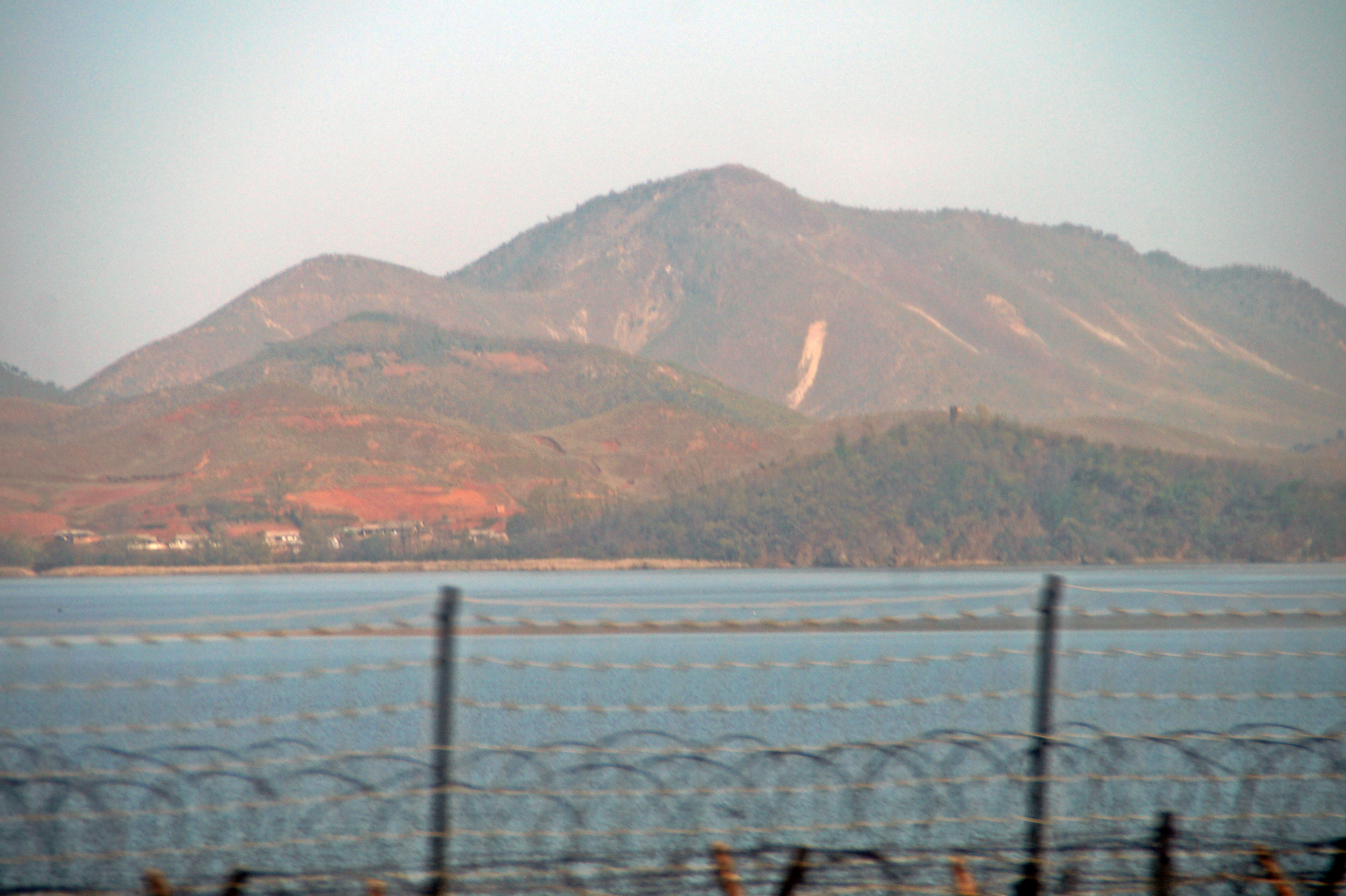
Bare North Korean mountains seen from the road
The first stop on the tour was Imjingak Park, which is located on the banks of the Imjin River in the city of Paju. The water from the river comes from a mountain in North Korea. The park is home to many statues and monuments regarding the Korean War and also the Bridge of Freedom, which is a former railroad bridge that was used by soldiers returning from North Korea during the war.
Unfortunately, we didn’t get much time in the park, just about 20 minutes to rush to all the sights, so I didn’t even have any time to read anything… That’s the sucky part of being on a tour!
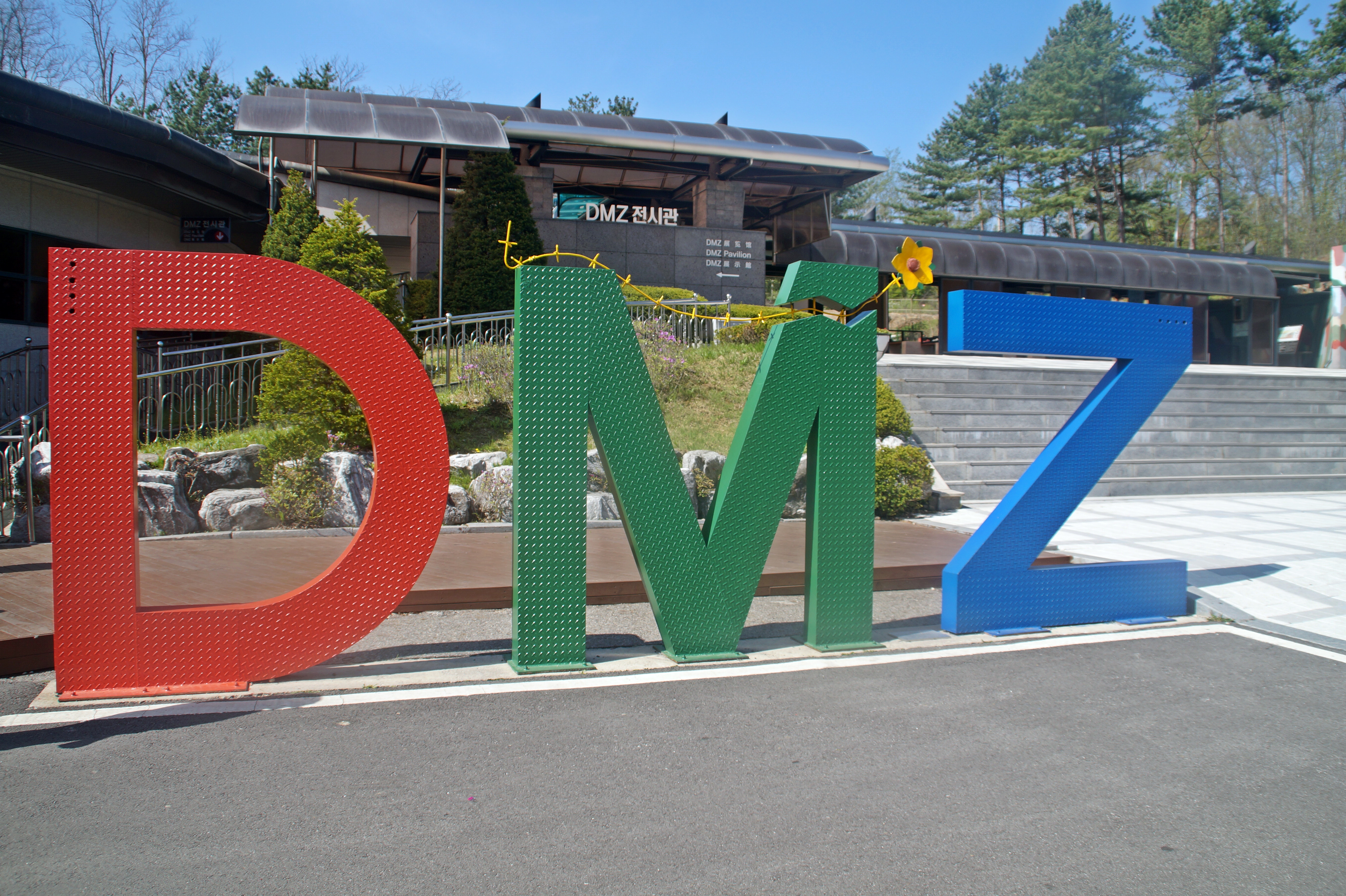
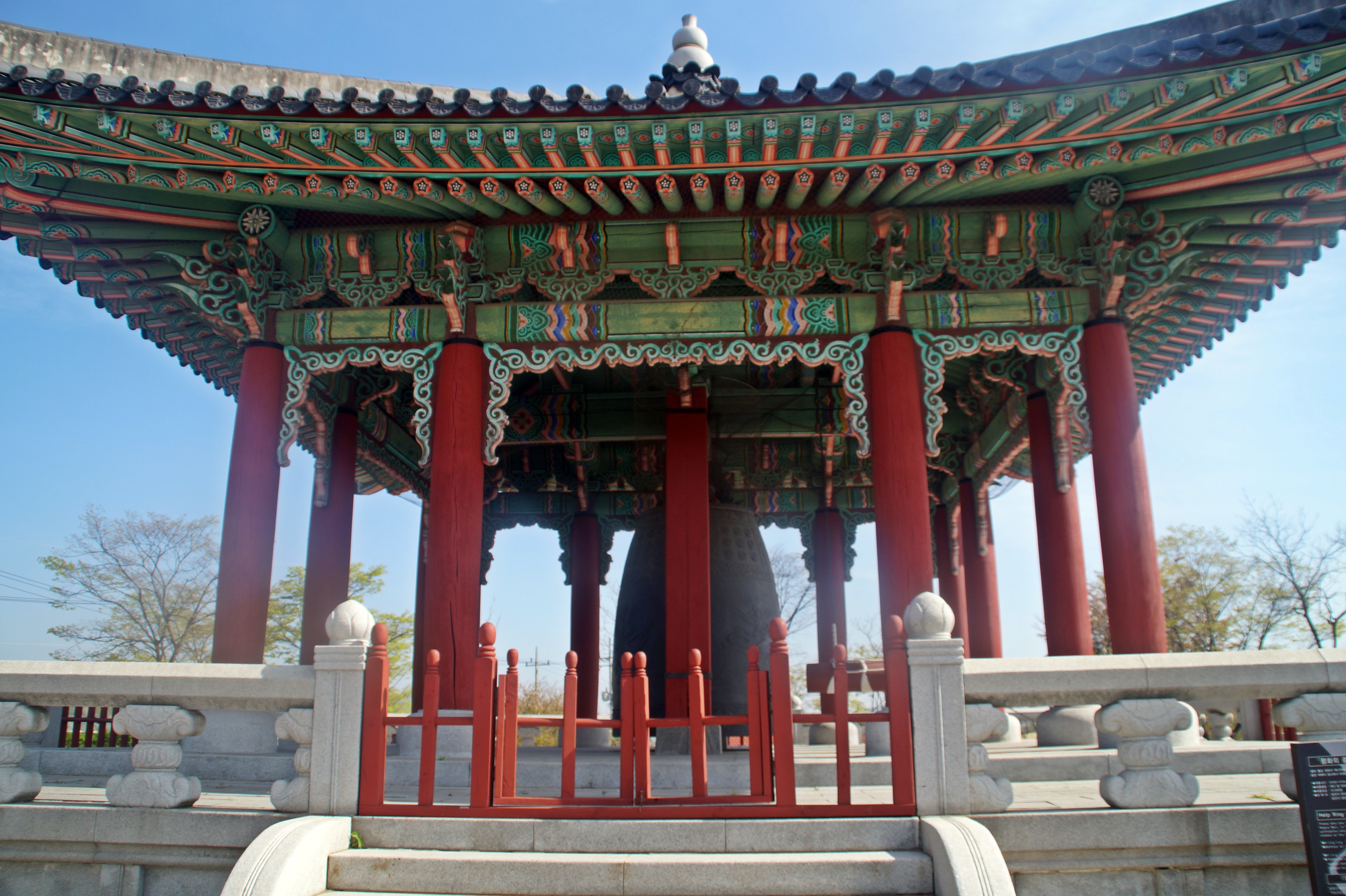
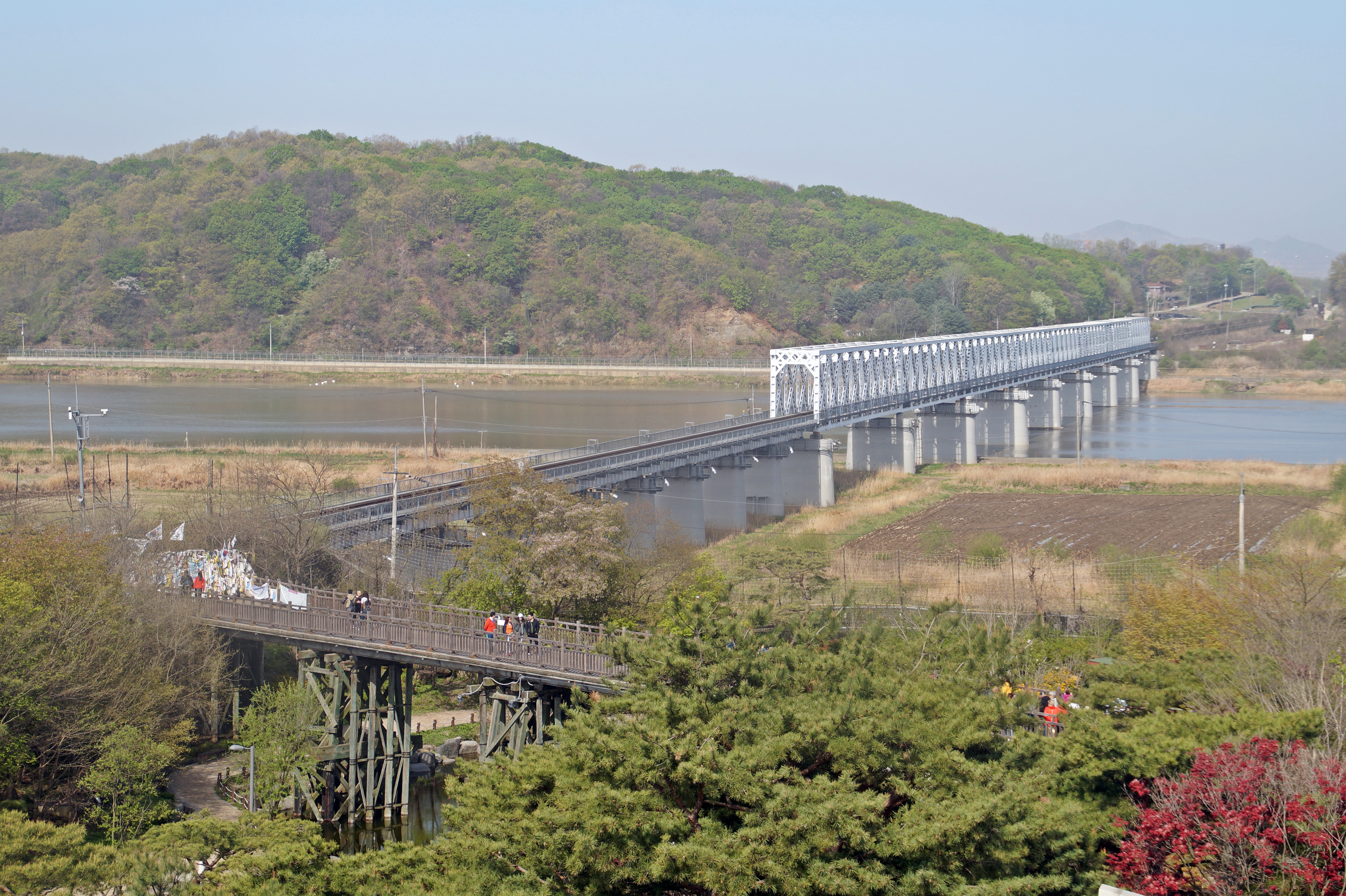
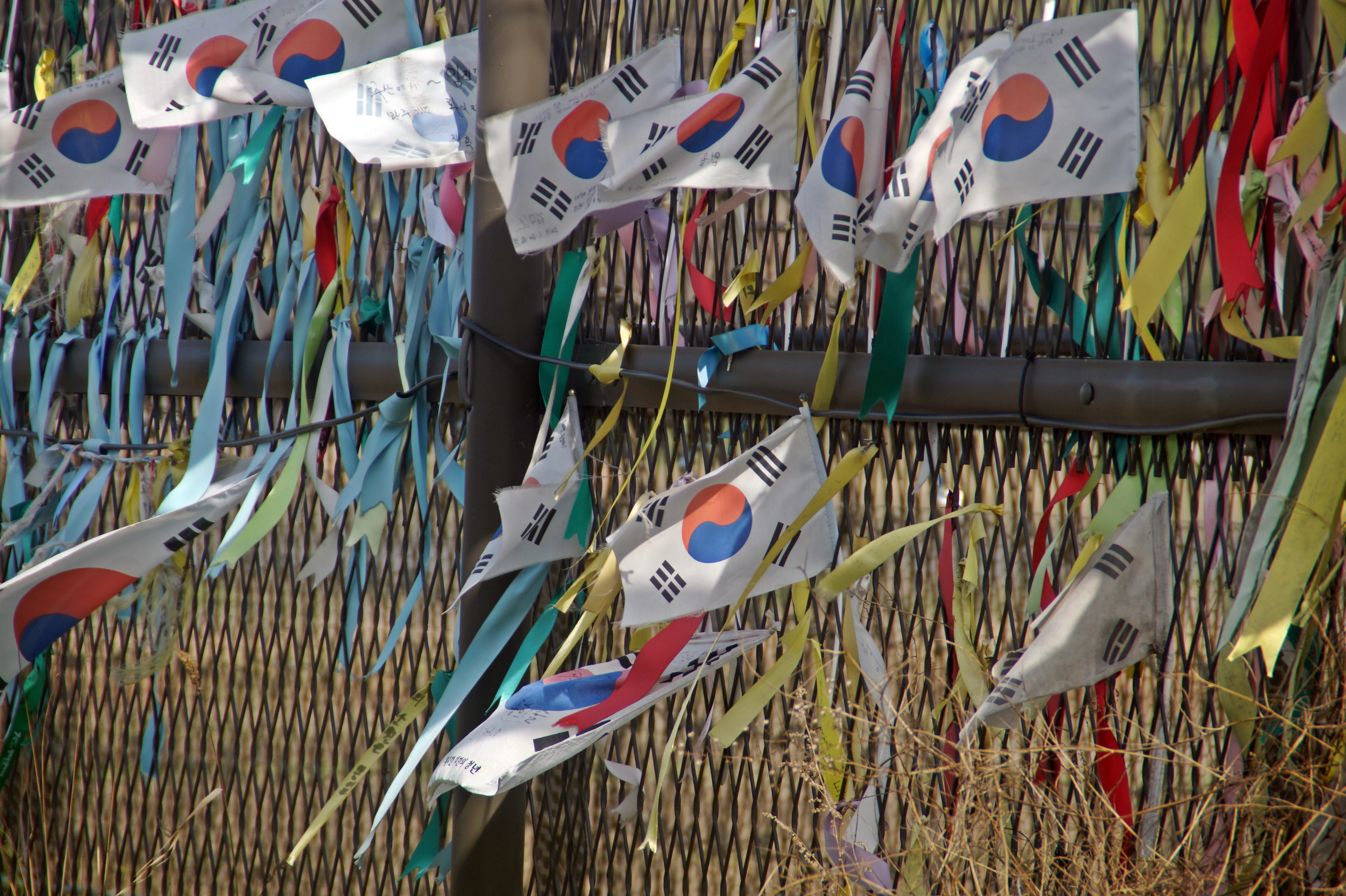
Our next stop was one of four tunnels that have been found under the ground in the DMZ, the Third Infiltration Tunnel, which was discovered in 1978 and is located just 44 km. from Seoul. The tunnels were created with dynamite by the North Koreans as a method of invading South Korea. In 1990, the fourth and last tunnel was found, but who knows how many are still to be discovered?
North Korea have denied creating the tunnels and accused South Korea of doing it, but there is evidence in form of the dynamite holes going south, which proves that North Korea did in fact create them to invade South Korea.
Unfortunately, cameras aren’t allowed in the tunnel, but I wouldn’t have been able to get any good photos anyways, as there were too many tourists!
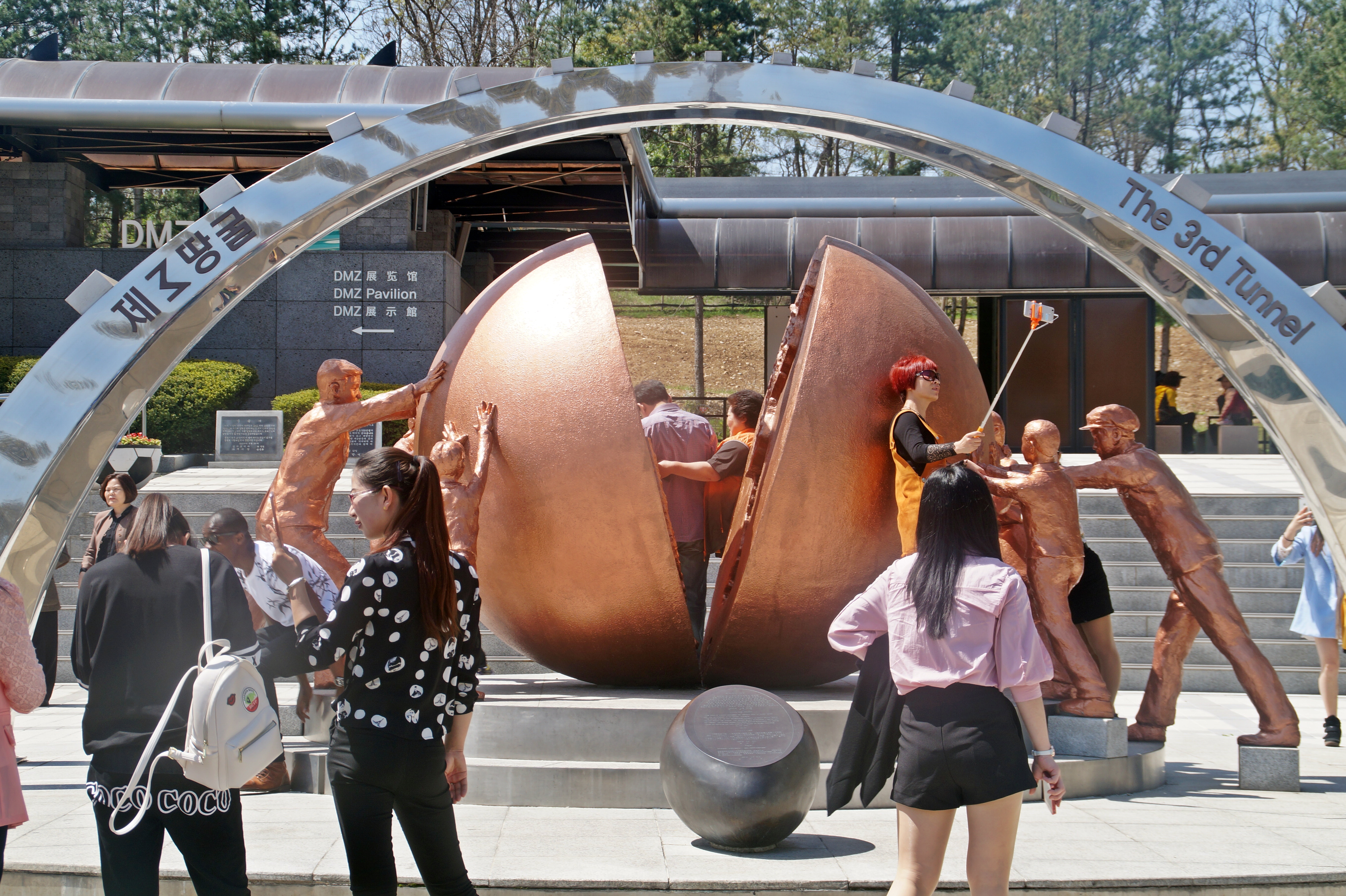
The next stop was the most interesting stop of the day, the Dora Observatory, where we got a chance to actually look across the DMZ to the border of North Korea and beyond. From there, we could see the city of Kaesong with over 200,000 inhabitants as well as several small villages, including the fake village of Kijŏng-dong, where doors have been painted on the houses and the buildings are maintained to make it look like it’s inhabited. We could also see two real villages, one North Korean and one South Korean, which are very close to the border. In the South Korean village, the inhabitants have to be home at midnight in a town where there are no activities, no bars and generally no fun. Oh, and to make it worse, they have to listen to North Korean propaganda from loudspeakers all day and all night! That was really something else to hear!
On both sides of the border, there is a flagpole representing each country. Our guide told us a funny story of how they came to be; the South Korean government built a 98,4 m. flagpole in the 1980s and then immediately, North Korea responded by building a 160 m. flagpole in what is called the “flagpole war”. The North Korean flagpole was the tallest in the world when it was built, and is now the fourth tallest.
We had great visibility that day and it made me realize how exposed the place is to the North Korean military, which is also the reason why it’s the first place to shut down when something happens. There were a lot of soldiers guarding all of the stops on the DMZ tour and they didn’t seem to mind me taking photos of them!
Because of the current tension between the countries, all South Korean males have 21 months of mandatory military service, but that’s nothing compared to what our guide told us about North Korea, where males have 10-12 years of mandatory military service and women have 7 years. Imagine that!
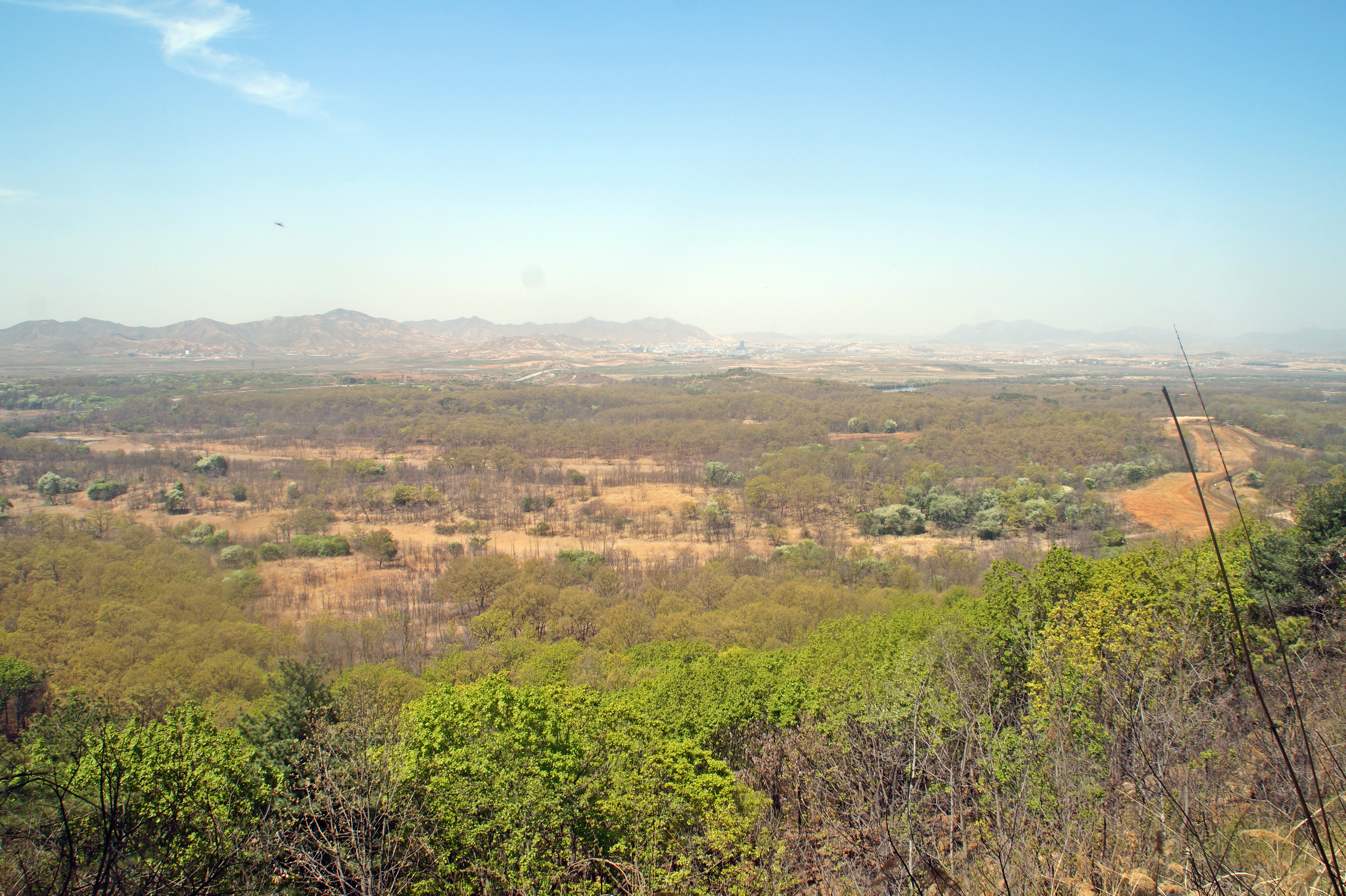
A look into North Korea
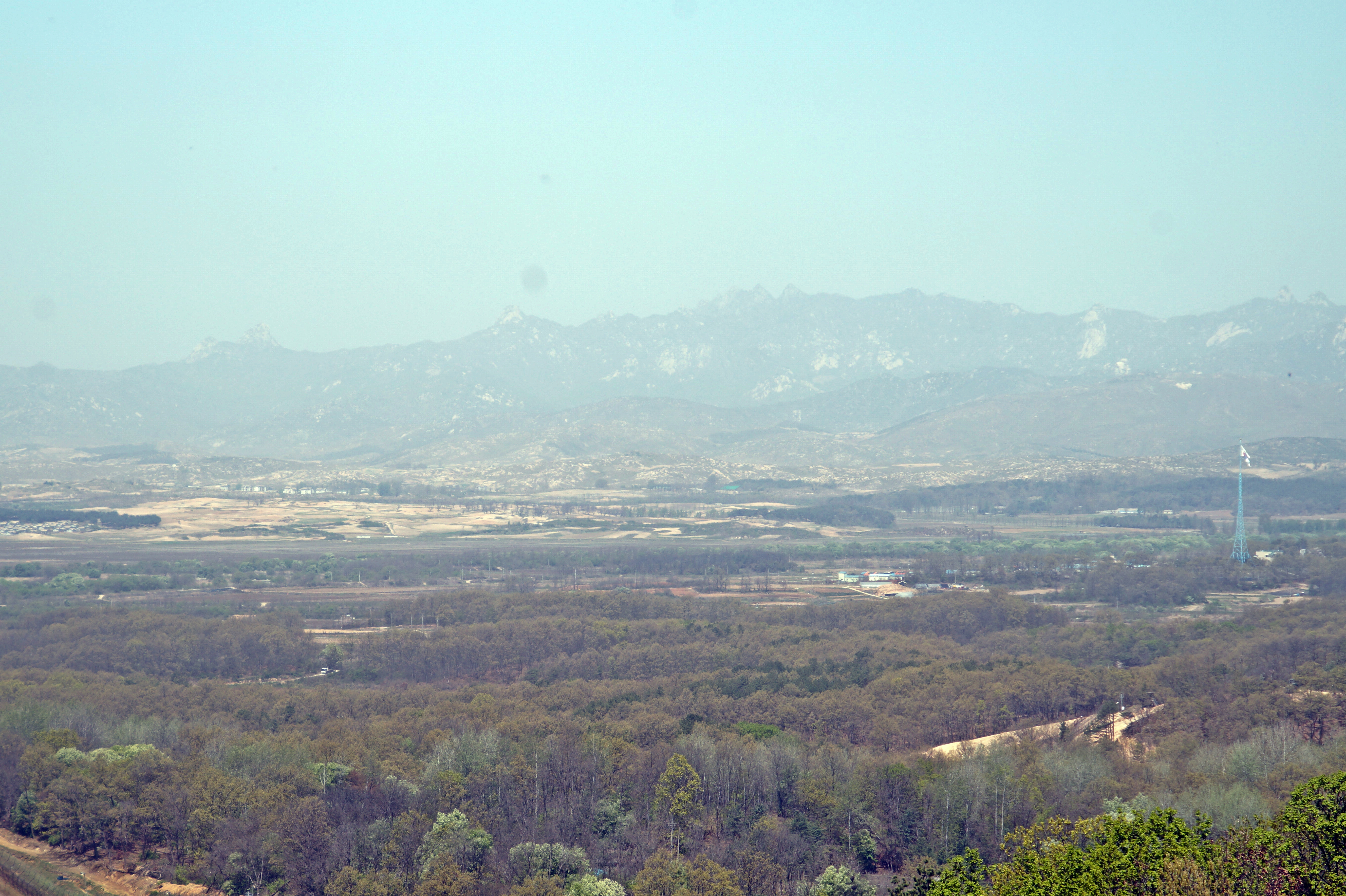
The South Korean flagpole
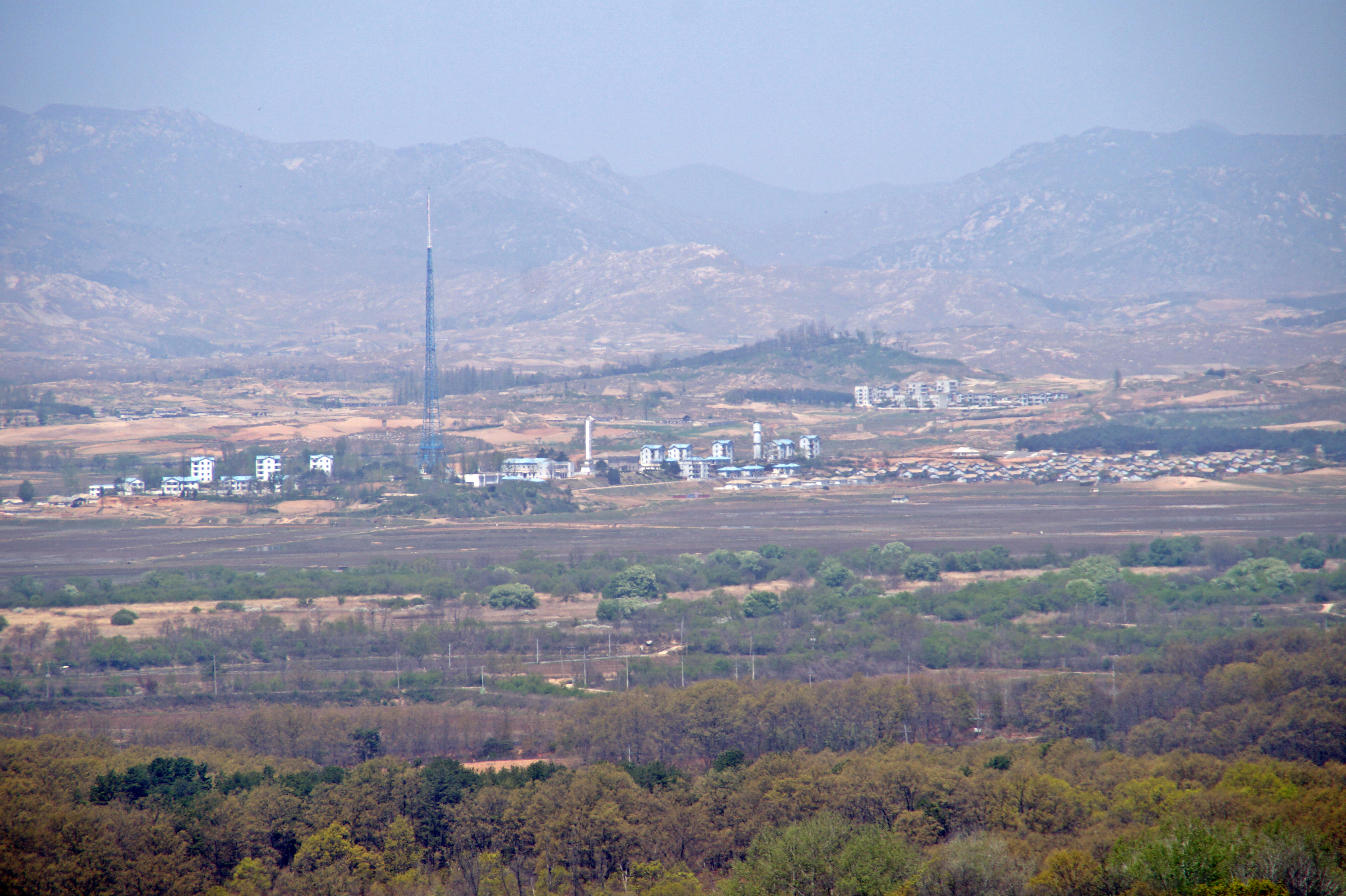
The North Korean flagpole
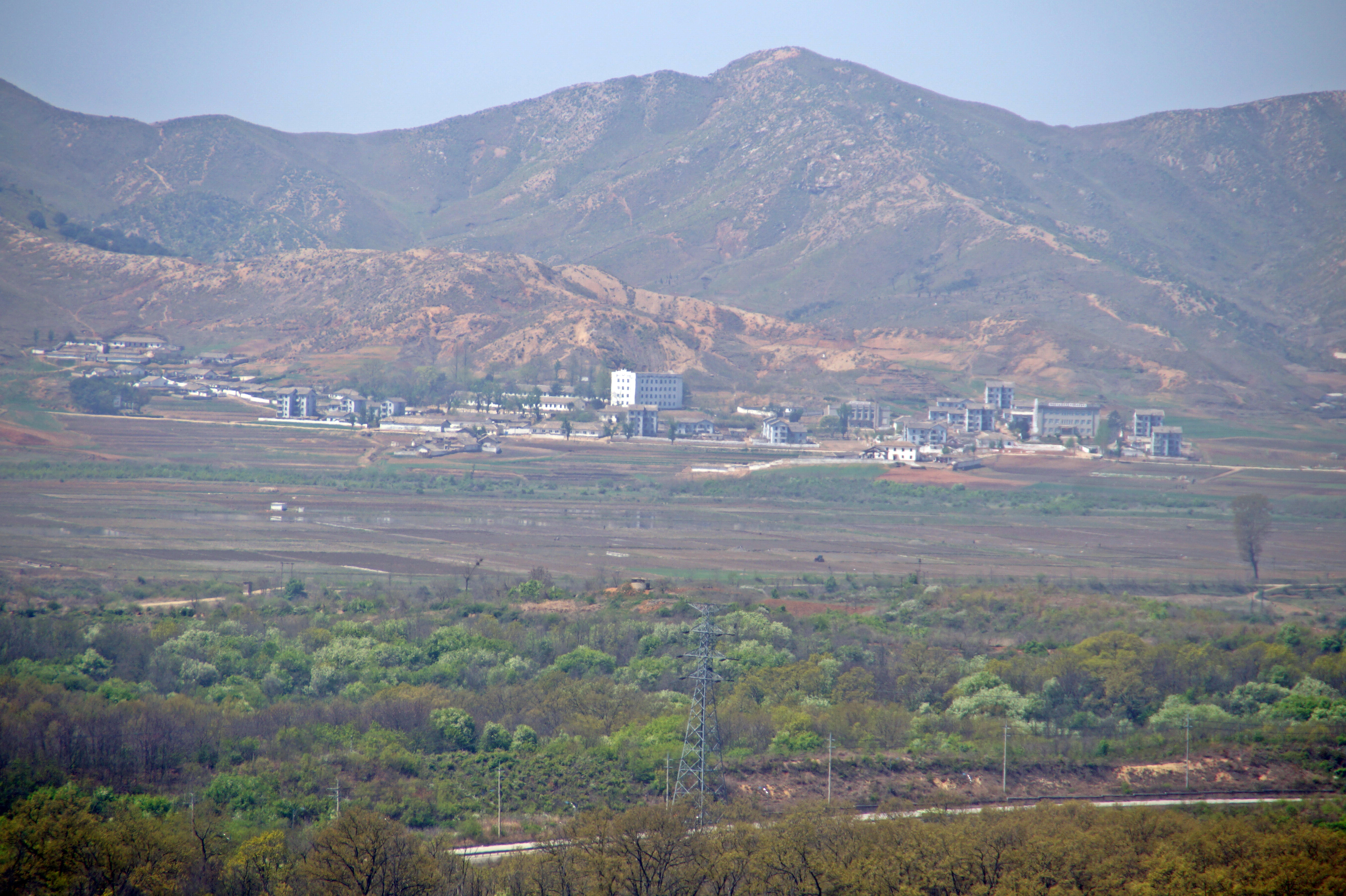
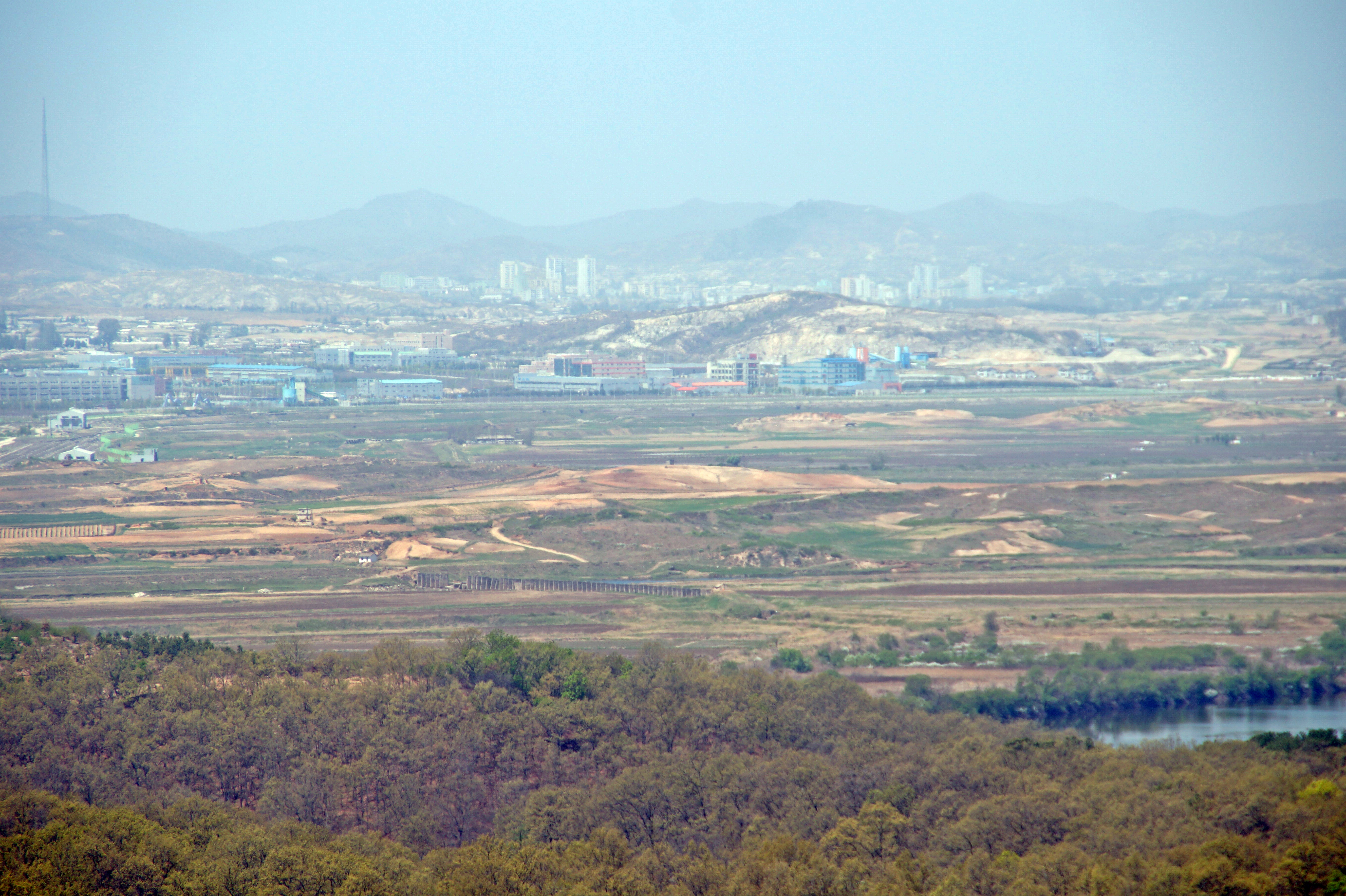
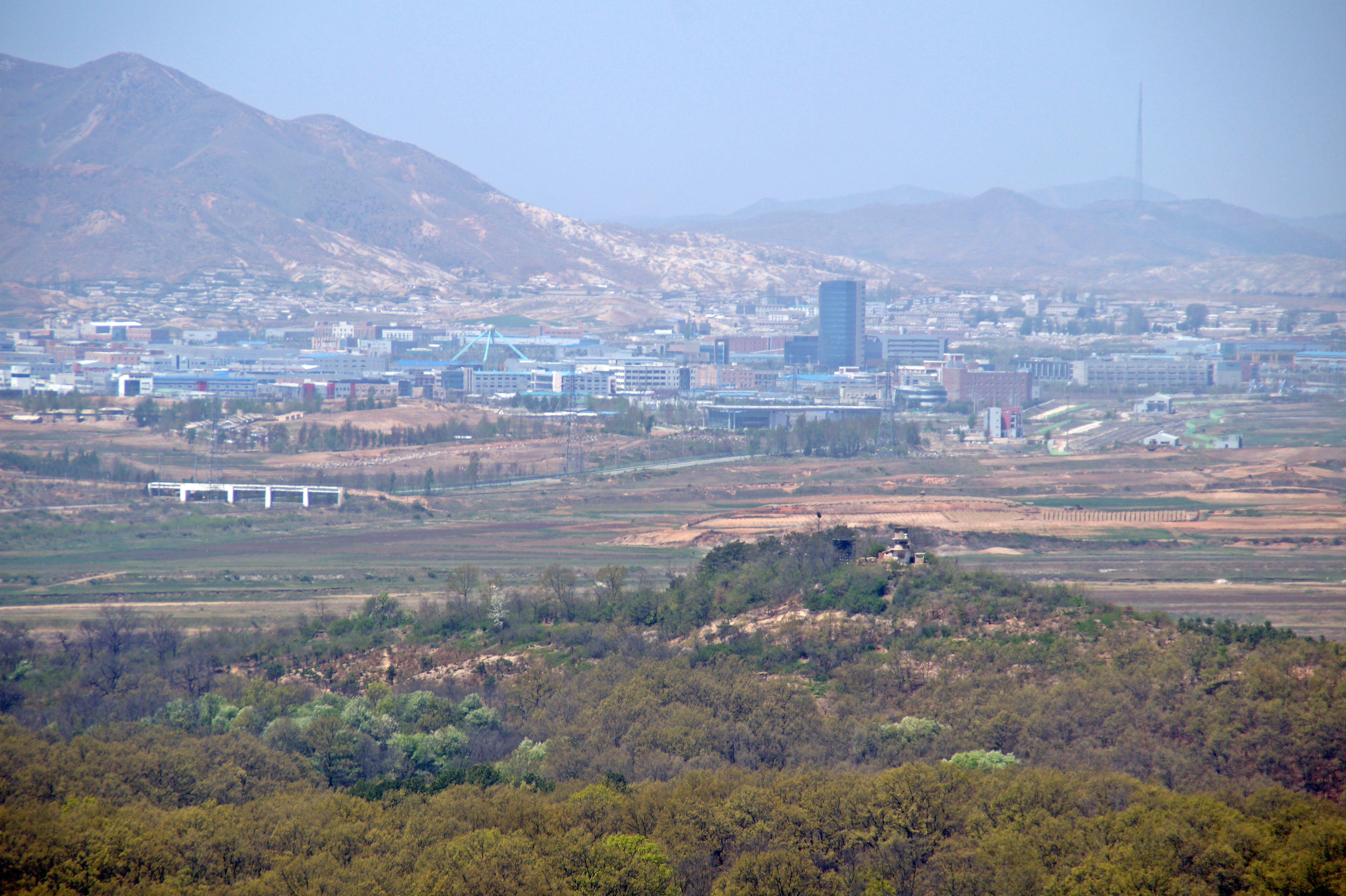
Kaesong
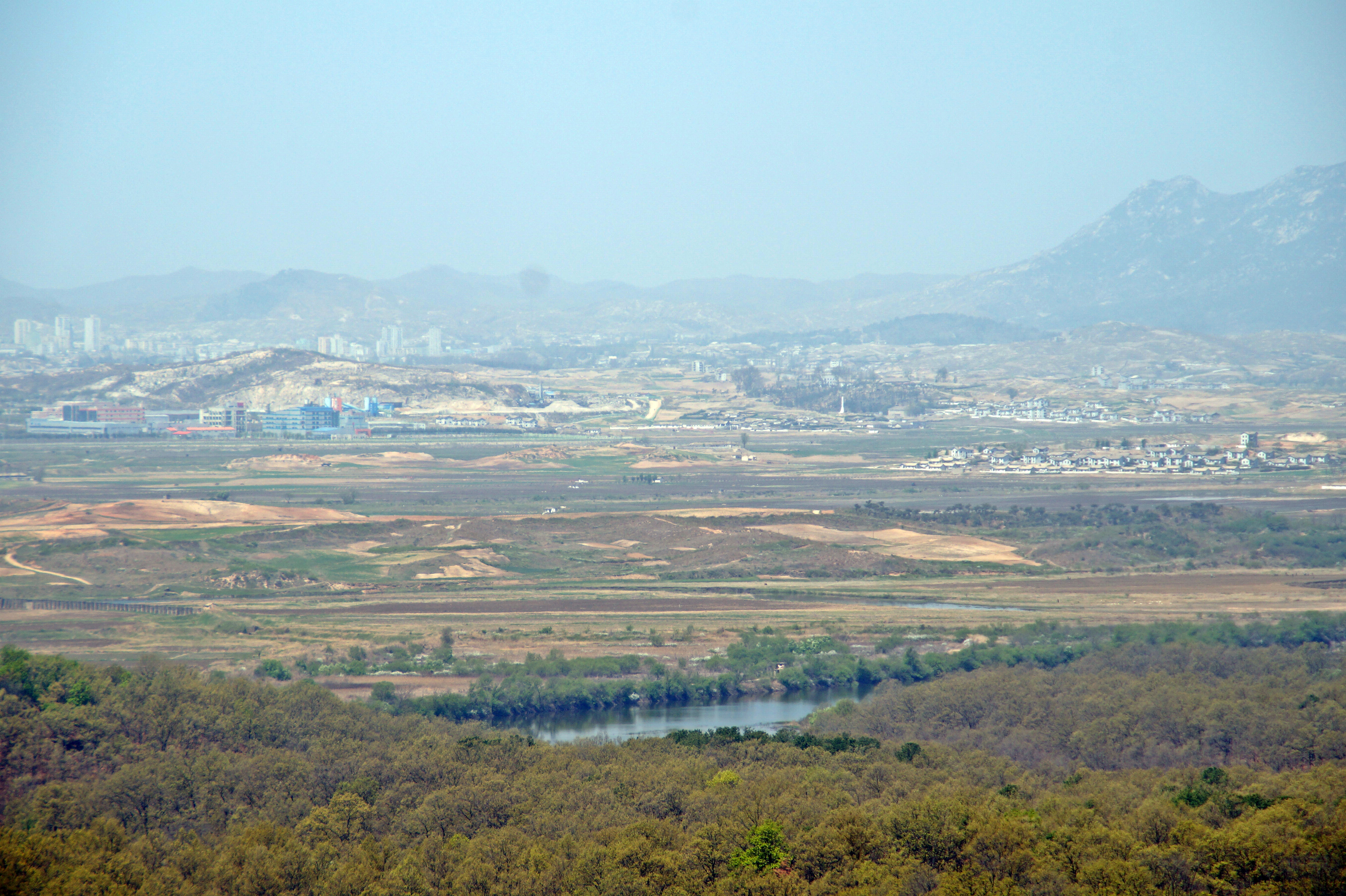
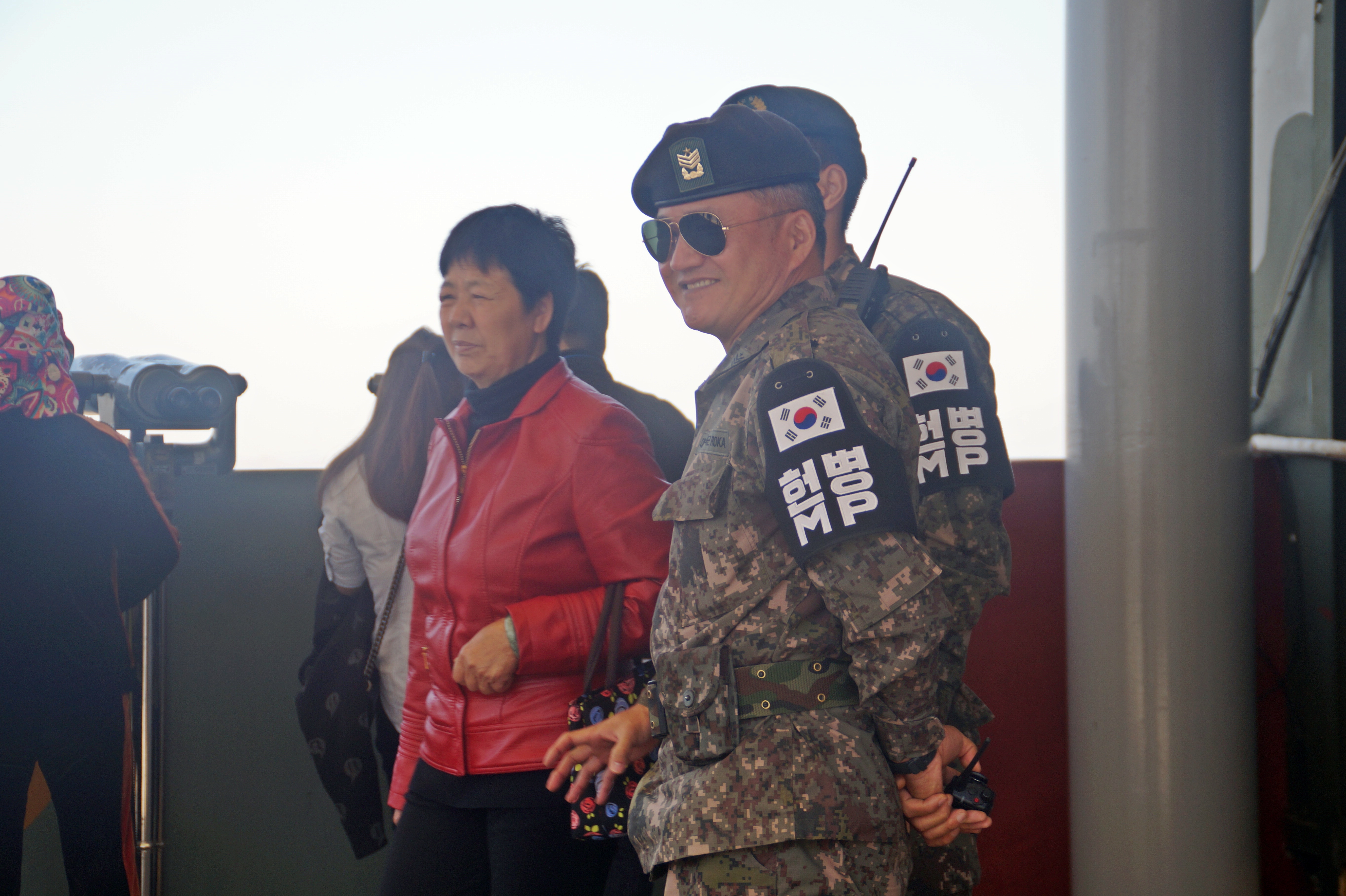
After spending a fair amount of time at the observatory, we drove to the Dorasan Station, which is the last station in South Korea, but according to a sign “not the last station from the south, but the first station toward the North”. It seems that the station has hopes of connecting to North Korea again someday, like it was until 2008, when a South Korean tourist was shot to death in Kaesong.
Our guide told us that he was sure the countries would be a union in the near future, something that I have some serious doubts about.
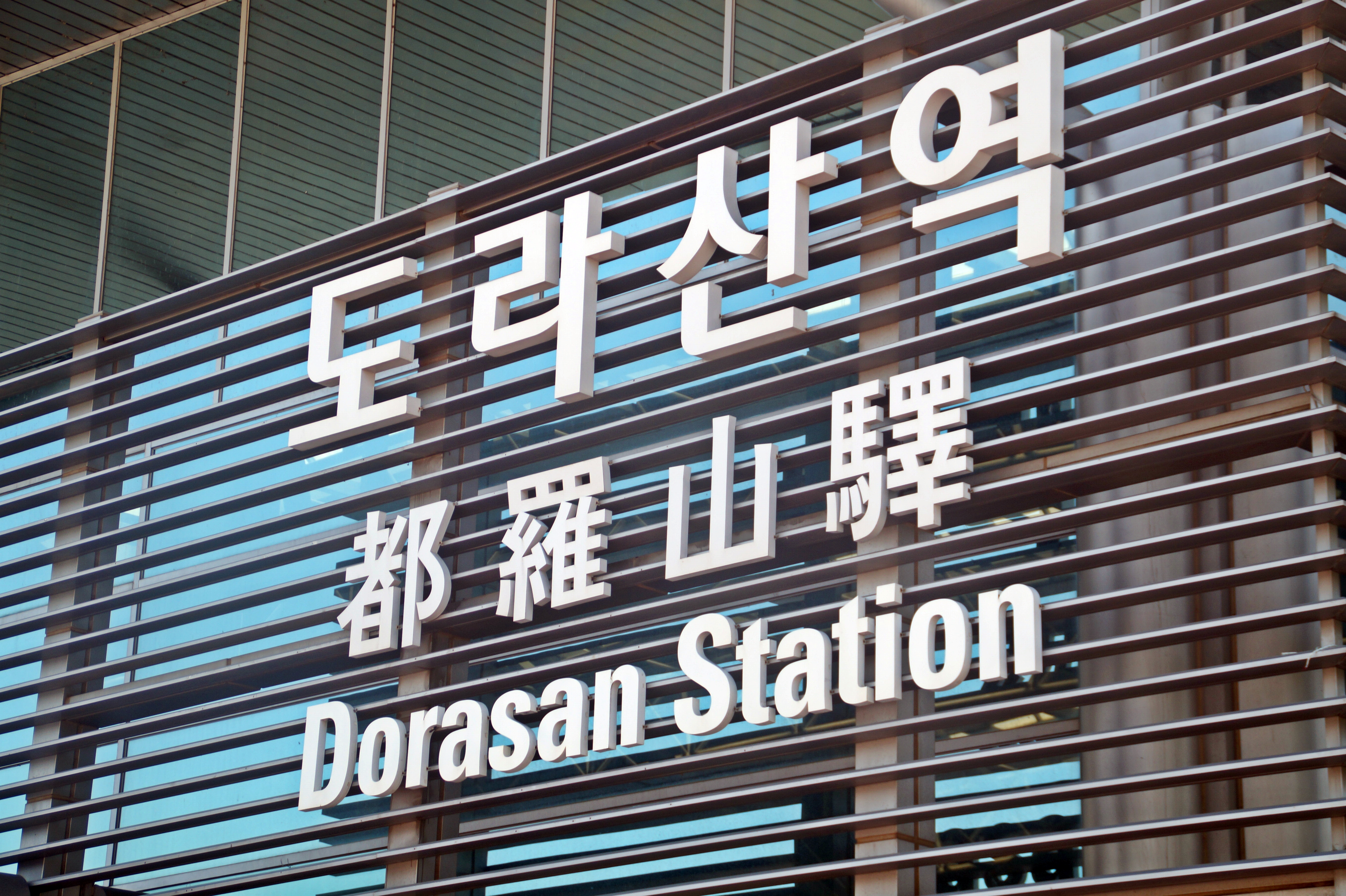
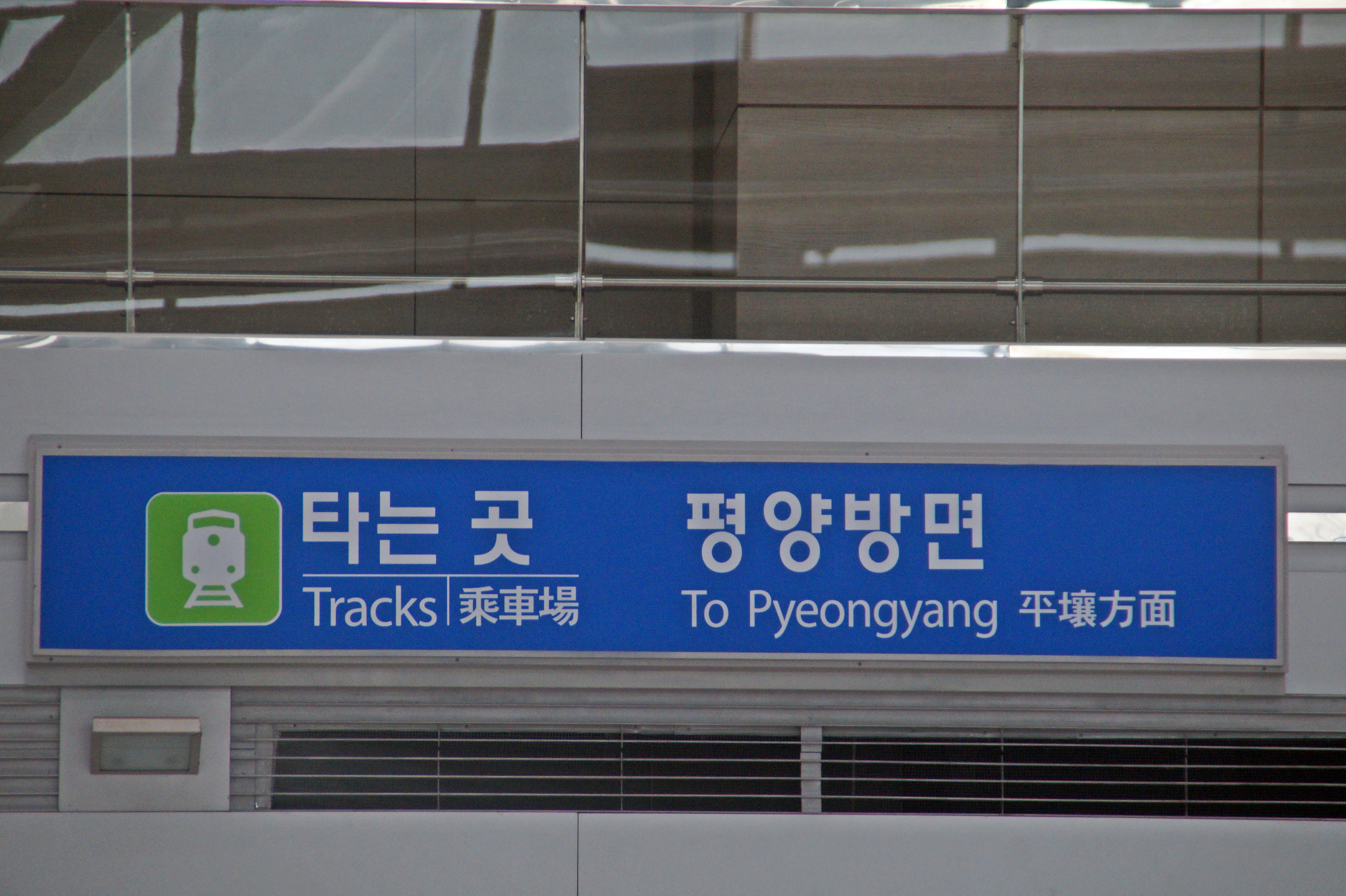
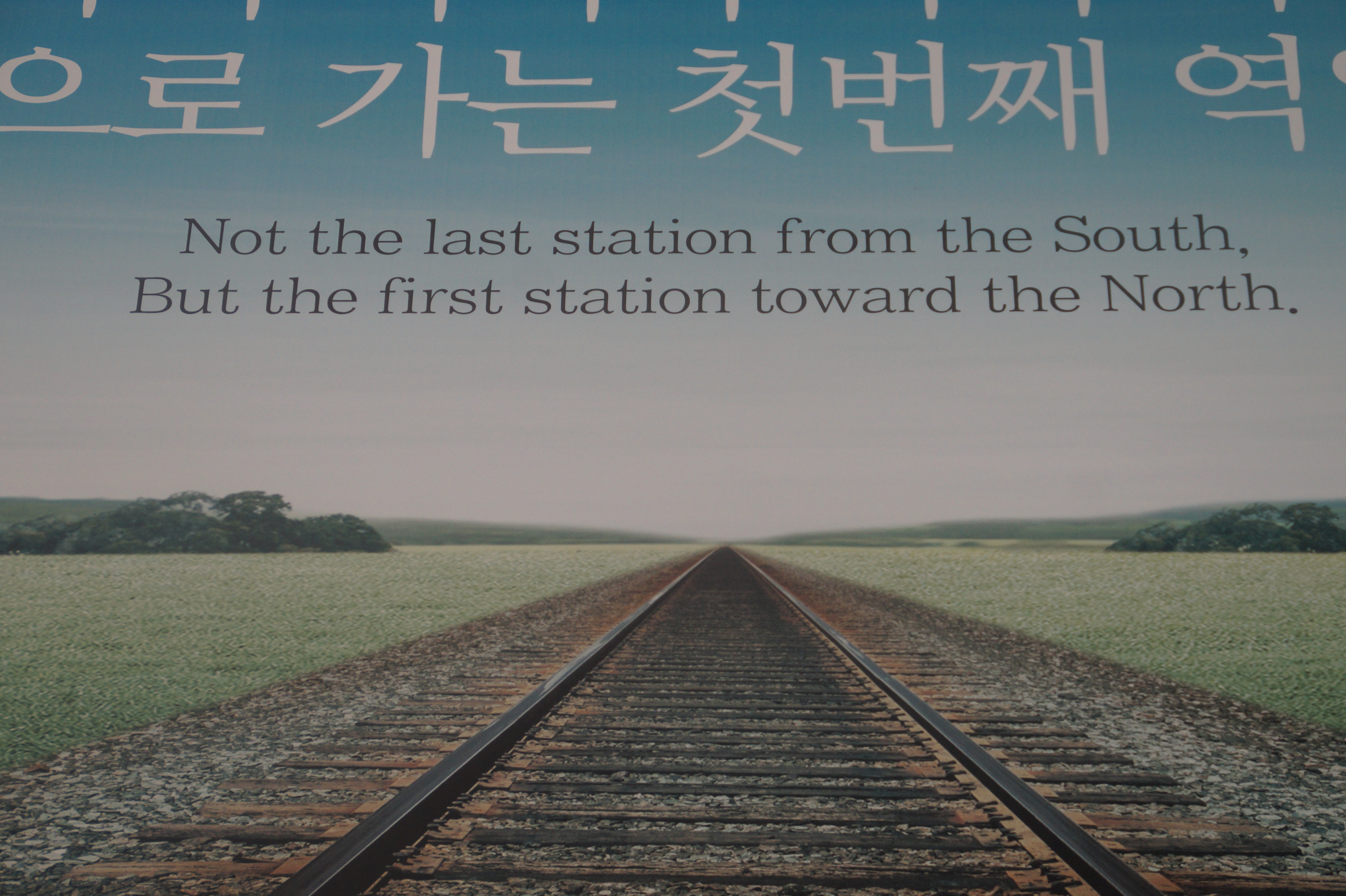
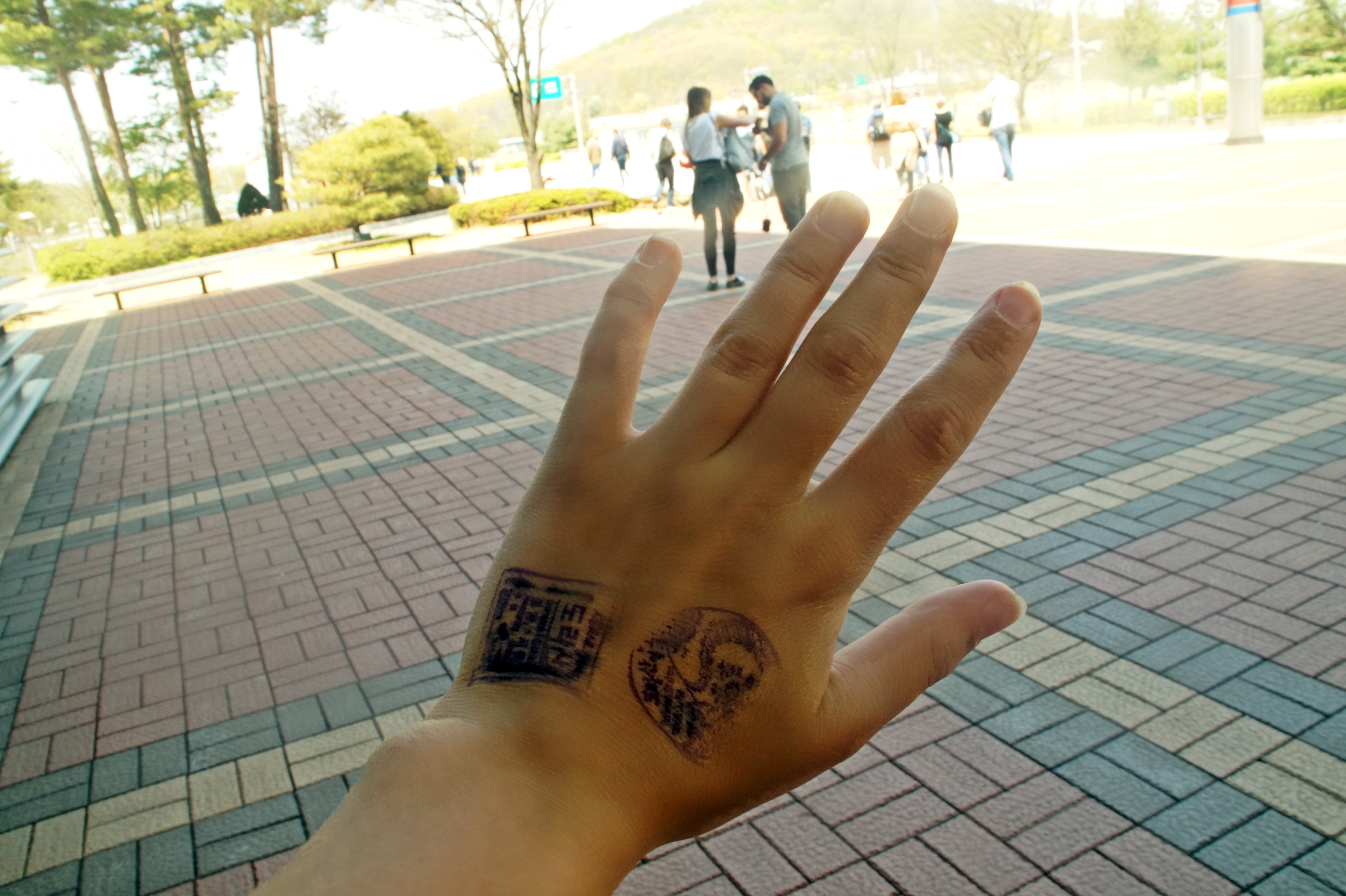
Stamps from Dorasan Station
The DMZ is an active minefield, in fact it’s the one place on earth that has the biggest amount of landmines per square kilometer and over a million of them are still active, and it will take about 400 years to safely remove them all. But at the same time, it’s a bustling nature reserve, home to several kinds of flora and fauna. The ginseng grows here and is apparently the best of its kind in the world.
Our last stop of the tour was a really weird one, if you ask me. While there is a SLIGHT connection, as ginseng grows at the DMZ, there really is no way to explain how on earth the Ginseng Center made it onto this tour.
We were ordered into the small Ginseng Museum, where a guy told us about ginseng (it almost sent me to sleep) and then made us walk to a small shop, where saleswomen were very very very eager to sell us expensive stuff that we wouldn’t ever need! There was even a guy from America, who the saleswoman got nasty with, when he refused to purchase two pots of Ginseng powder for 250 USD!! I mean, what does she expect?!
I did not understand why they would bring us there, as it had nothing to do with the rest of the tour, but I guess they are purely interested in making money as opposed to giving tourists the real DMZ experience. So it was a really weird and unnecessary end to an otherwise interesting tour. I didn’t even take any photos there, as it was so uninteresting.
Going to the DMZ doesn’t beat the real experience of North Korea (at least that’s what I’ve heard and would expect!), which is why I’ve already started saving, so I can go on the (really expensive) tour to the country, hopefully this year or next year. On tours in North Korea, you get to visit the DMZ from the north side, which will be an interesting experience!
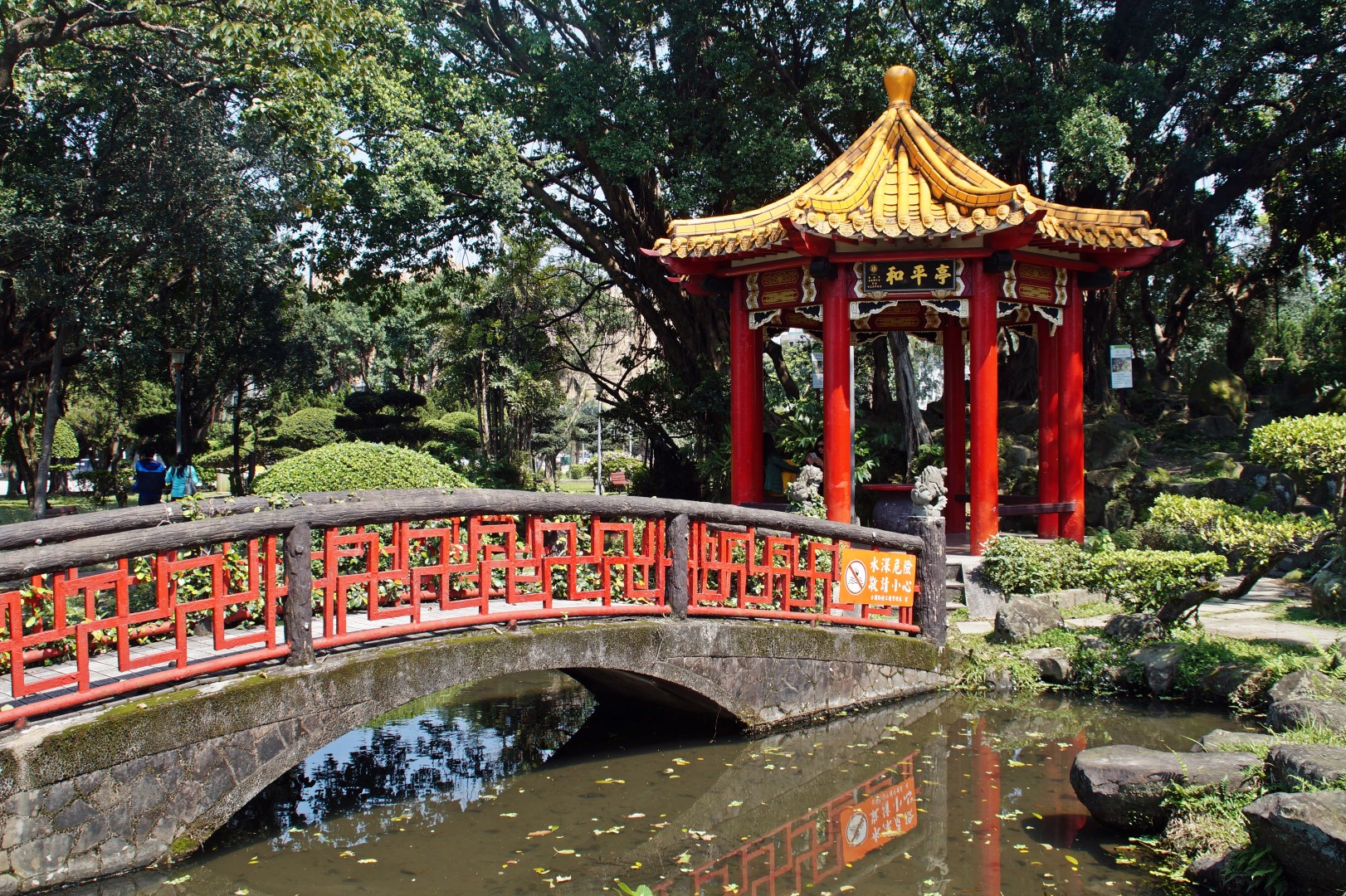
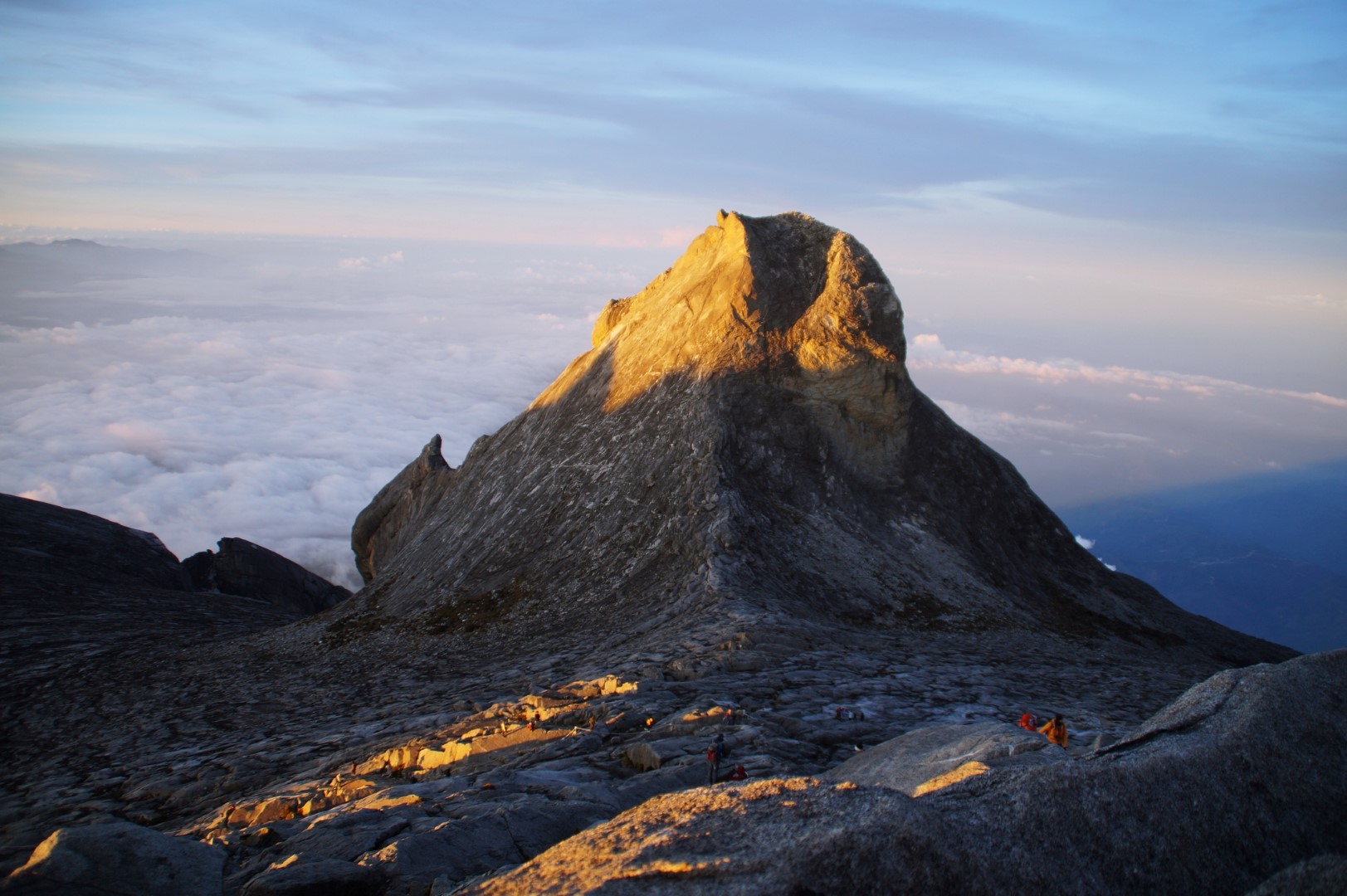
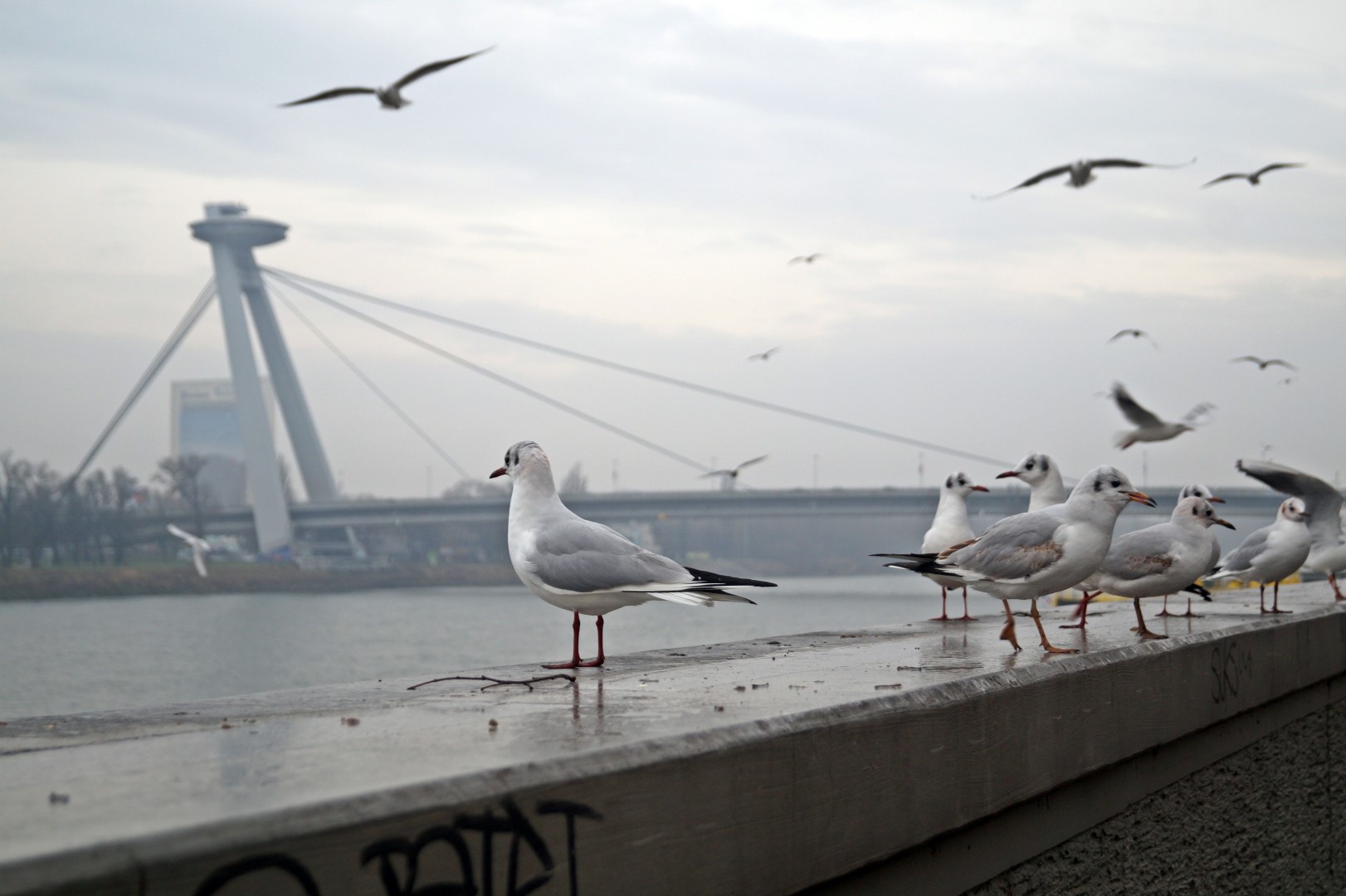

Leave a Comment